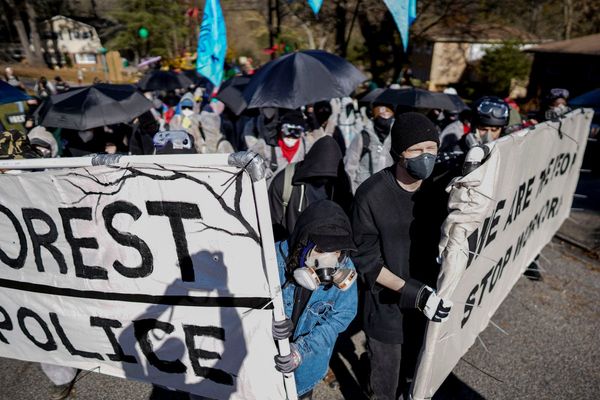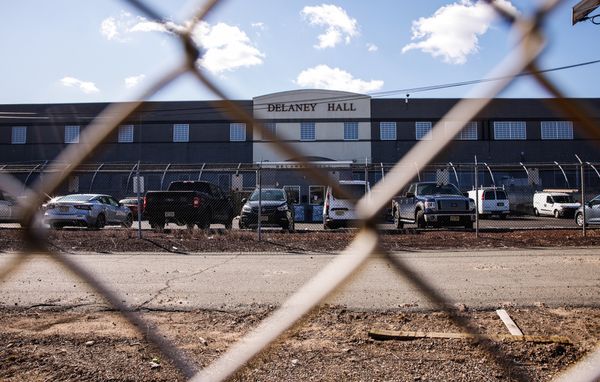
New Delhi: Connectivity, both physical and digital, which has a multiplier effect on the economy, will be a key development goal for the Narendra Modi administration in its second term as it seeks to steer the economy away from unfavourable headwinds and to becoming the fifth largest economy in the world.
For the National Democratic Alliance (NDA) which has retained power, the immediate hurdles in adding momentum to infrastructure creation are many. Failed projects in the past that led to a massive pile of distressed assets in the economy is one of them.
For the Modi administration to deliver on the promise of ‘Sab ka sath, sab ka vikas’ or ‘prosperity for all’, Asia’s third-largest economy needs steady growth for several years to come, one key driving factor for which is investments into roads, ports, highways, energy assets, fibre optic networks and oil and gas transportation pipelines. While some of these sectors, especially roads and highways, airports, fibre optics networks and gas transportation infrastructure have received steady investments in the past, capital flows into oil and gas exploration and thermal power projects have been affected by geological and regulatory factors as well as by perception of risks inherent to these industries. One key challenge to be tackled is the availability of long-term funds as the economy may witness several boom and bust periods in say, two decades, the average investment period for an infrastructure asset. Such disruption could dry up sources of capital for several projects and render some of the stakeholders bankrupt. One of the thorny issues before policymakers now is the liquidity crunch affecting non-banking finance companies.
Ahead of national polls, the BJP had committed to make capital investment of ₹100 trillion in infrastructure in the next five years if it returns to power. The party also said it will build 60,000 km of national highways, connect all villages with rural roads and operationalize 100 new airports, modernize 400 railway stations and cover 50 cities with metros.
Enabling the banks to finance new projects by resolving the over ₹9 trillion toxic assets is expected to occupy policymakers for some time. The new bankruptcy code has helped in addressing this problem, but shareholders of defaulting corporations are aggressively fighting back loss of control. Litigation is delaying corporate rescue in some cases where shareholders have approached higher courts against the decisions of lenders and of bankruptcy tribunals. The new bankruptcy code, however, has reset the equations between lenders and corporate borrowers and has aided in resolving about ₹3 trillion of bad loans.
Experts said new ways of financing infrastructure projects by both government and private sector have to be explored. “We need to deep dive into how much more can the government provide in terms of both short-term and long-term finance and how that funding can be mobilized. The second source is the banking sector. Banks have to be recapitalized and considering the past experience of financing projects, banks have to strengthen their own process of selecting projects. We also need to see how to attract foreign investment which has to come in a big way. In mega-projects like the bullet train, we could tap global developers and equipment suppliers. We could also reach out for government-to-government financing arrangements,” said Vishwas Udgirkar, partner at Deloitte India. The lending restrictions placed on some weak state-owned banks is one factor hindering financing of new projects. Last year, the Reserve Bank of India imposed restrictions on 11 banks, half of which are still to come out of it.
The telecom sector which is seeing intense competition and a surge in high-speed internet usage is expected to play a key role in realising the full potential of digital economy in the country. The BharatNet project is set to link people in rural areas with urban centres, improving employment opportunities. In the power sector, the challenges are diverse. While distribution utilities are grappling with revenue loss, power generation companies face uncertainties related to fuel. The intense competition in clean energy sector which drove down the cost of clean power in recent years, could leave many companies with a little financial cushion. Civil aviation which witnessed double-digit passenger growth in recent years has now started contracting on account of the capacity reduction. The contraction in air passenger market contrasts sharply against the 18.6% growth in passengers reported in the 2018 calendar year from the year-ago period. One possible solution is to include jet fuel in GST.
NDA has in its just-concluded term conceptualized expansion in ports and waterways facilities for improving connectivity. Executing these in the next five years will boost the logistics sector as well as external trade. Urban public transport and railways are two other areas the new government needs to focus on, say experts. In the last five years, it took several steps to modernize Indian Railways by adding more facilities and improving hygiene and food. Wi-Fi is now available at some stations. The proposed high-speed rail corridor connecting Mumbai to Ahmedabad is a project of interest to Modi. As in road projects, land acquisition could become a challenge for this mega project.
Experts expect continuity in policies governing Indian Railways.
“So far, the focus of the government has been to improve the quality of services, along with expansion of services. The other focus would be improving capital goods—changing and upgrading carriages and engines, introducing more air-conditioned trains, among others,” said Madan Sabnavis, chief economist at CARE Ratings. In the last five years, operating cost of Railways continued to remain high. Higher operating costs imply higher expenses, more than what it is earning. Sabnavis also said maintenance of stations can be privatised.
Infrastructure creation has been a key priority for the BJP since the days of former prime minister Atal Bihari Vajpayee. The Golden Quadrilateral project initiated made road transport easy between Chennai, Kolkata, Mumbai and Delhi, while the ‘Pradhanmantri Gramin Sadak Yojana’ linked remote villages. The pace of highway development was maintained by subsequent governments.







